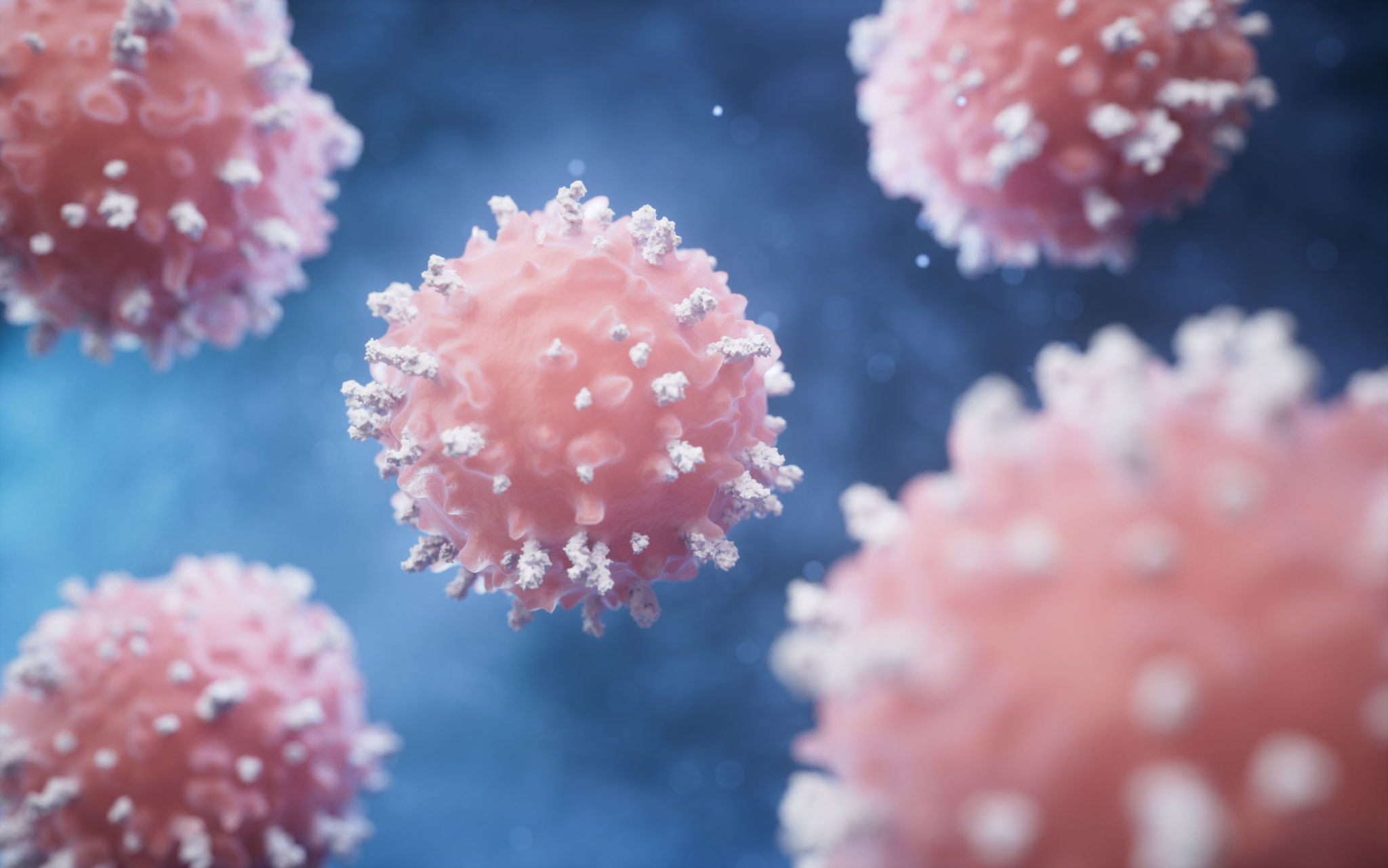The science of self-belief: How thoughts shape the brain
Self-belief is not positive thinking. It is biology in motion. Each thought sends a signal through the brain, strengthening certain neural connections while weakening others. Over time, these patterns become habits of mind that shape who we believe we are.
The brain as a prediction machine
The brain’s primary role is to keep us safe. It does this by predicting outcomes based on past experiences. When we repeat thoughts such as “I’m not good enough,” the brain begins to expect failure and filters the world through that lens. This is known as confirmation bias.
When we start to form new thoughts, the brain must adjust its predictions. This process engages the prefrontal cortex, which supports reasoning, choice, and long-term vision. The more we challenge old beliefs, the more active this part of the brain becomes.
The biology of belief
Every emotion triggers chemistry. Hope releases dopamine, which fuels motivation. Connection releases oxytocin, deepening trust. Gratitude increases serotonin, which balances mood. These neurochemicals shape how we feel about ourselves and how we act.
When self-doubt dominates, the stress hormone cortisol rises. Over time, this weakens the hippocampus and limits memory and creativity. That is why repetitive self-criticism often leads to rumination and fatigue. The brain begins to replay the same thoughts because it believes they are familiar and therefore safe.

Rewiring through awareness
Neuroplasticity means the brain can change at any age. Awareness is the first step. When you notice a limiting belief, you interrupt an old neural circuit. To create a new one, the body and mind must work together.
Try this sequence:
- Notice the thought without judgment.
- Breathe out slowly to signal safety to your nervous system.
- Reframe the thought: “I am learning to trust myself.”
- Act in alignment with the new belief.
Each repetition tells the brain that this new pattern is real and worth keeping. Small steps create strong circuits.
The role of environment
The brain is social. It changes through the company we keep. Conversations, relationships, and even what we read or watch influence our neural pathways. Surrounding yourself with people who reflect compassion and curiosity strengthens your own capacity for those same qualities.
We know that neurons thrive in connection, not isolation. This is as true for people as it is for cells.
Integrating body and mind
Confidence is not only mental. It begins with a regulated nervous system. The body must feel safe before the brain can believe in possibility. Breathwork, grounding, and mindful movement teach the body to recognise calm. Once safety is established, the mind can focus and expand.
From repetition to embodiment
Saying an affirmation without emotion is like planting a seed without water. The brain learns through emotional experience. When you imagine a new belief vividly and feel it in your body, the neural imprint becomes stronger.
Self-belief grows through repetition, emotion, and trust. It is less about performing confidence and more about teaching the nervous system that it is safe to grow.

In my work
I help clients uncover the patterns that limit their confidence and retrain the brain to form new ones. By combining neuroscience, mindfulness, and compassion-based practices, self-belief becomes more than a thought. It becomes a lived experience.
True confidence is not fixed. It is built through awareness, consistency, and connection between body and mind.
